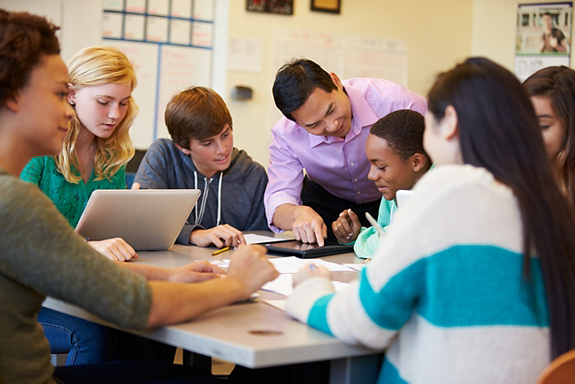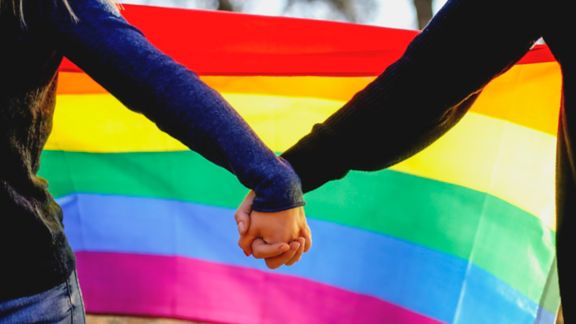Resilience Skills Are Easy for Young People to Learn & Practice

Part of our Goal: Resilience collection, where NORC researchers share insights from their work in support of human resilience.
Author
Elizabeth Mumford
Senior Fellow, Public Health
November 2023
There’s never a bad time to learn how to build our own resilience, just like there is never a bad time to go for a walk—or, for some of us, to adopt a pet! The research is out there. Now we just need to figure out ways to build it into our culture.
Schools are one place we can work collectively to do that. This is personal for all of us: We could have used some of this education when we were in school, and we are going to benefit if the people around us, from children through adults, have a chance to learn for themselves.
Science tells us we can build resilience for ourselves, our kids, and our communities. Learning how to handle difficult emotions and social situations can help youth manage personal problems and interpersonal conflicts. In schools, social and emotional learning (SEL) programs can help students become more resilient and protect them from problems like violence, aggression, and feeling overly sad or anxious. While high school is not often the target zone for social-emotional learning, that doesn’t mean we cannot provide engaging and much-needed support.
Driven by this goal, my team at NORC looked at a program called Smart Brain Wise Heart (SBWH) that aims to empower adolescents through neurophysiological education—basically, education about the relationship between breathing, heart rhythms, and physical and mental states—and techniques that build emotional resilience, communication skills, and self-compassion. Based on prior research and neurophysiological theory, we were looking to assess the effects of the intervention on factors such as youth resiliency, self-compassion, exposure to peer violence (both as victims and perpetrators), mental health disorders (including anxiety, depression, and thoughts of suicide), and hyperactivity.
We tested the SBWH program with ninth graders across a Texas school district in the 2021-2022 school year.
Main Takeaways
- Students with lower grades who participated in the SBWH program felt emotionally stronger and kinder to themselves than students who did not.
- They also felt less depressed.
- This was true even when taking their past grades, sex, how attached they were to parents and friends, and tough experiences into account.
The SBWH program can help struggling students build resilience and self-compassion and experience fewer feelings of sadness.
We didn’t find big changes from the SBWH program for the entire student body, possibly because of COVID-19 disruptions to classroom time. However, we did see that students who were struggling in school felt emotionally stronger, kinder to themselves, and generally less sad after the SBWH program.
The current findings and prior evidence indicating that higher levels of self-compassion are associated with lower levels of distress and reduced violence exposure and self-violence suggest the importance of further research on neurophysiological social and emotional education for students. The results suggest that SBWH might be helpful for youth, and our next steps are to test the intervention under more stable conditions.
Teaching youth in school about their own neurophysiology can help them thrive.
Policy Implications
School administrations have an opportunity to introduce neurophysiological education to enhance social and emotional learning without interrupting academic programs and potentially improving student performance and thriving.
Citation
Mumford, E. (2023, November). Resilience Skills Are Easy for Young People to Learn and Practice. [Web blog post]. NORC at the University of Chicago. Retrieved from https://www.norc.org.







